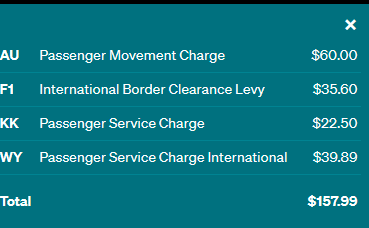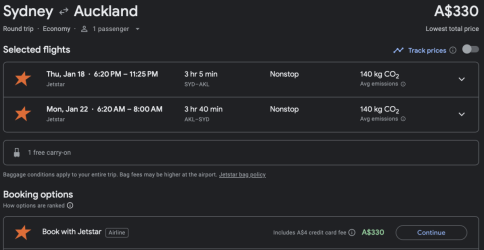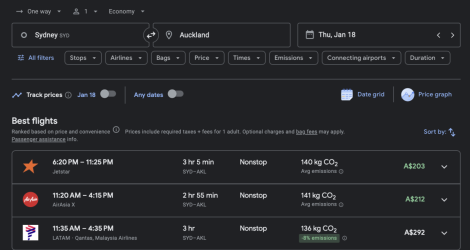A new analysis considers the ACCC's decision to block the renewal of the Qantas-China Eastern joint venture while simultaneously approving the renewal of the Qantas-Emirates joint venture for an additional five years. The analysis considers the evolution of the capacity on overlapping routes in the context of market demand and the ACCC's conditionalities. It argues that the ACCC erred on both decisions and would be advised to block the renewal of the Qantas-Emirates joint venture specifically due to the effect on trans-Tasman routes, and that the case for blocking Qantas-China Eastern was relatively weak.
It's a detailed analysis, but would be very happy for your feedback and to discuss here. The ACCC's decision may signal a significant change in strategy, or it may be about appearances, appearing to come down hard on Qantas where it matters less while giving them a free pass on more significant routes. The analysis is dense, but provocative!

 analyticflying.com
analyticflying.com
It's a detailed analysis, but would be very happy for your feedback and to discuss here. The ACCC's decision may signal a significant change in strategy, or it may be about appearances, appearing to come down hard on Qantas where it matters less while giving them a free pass on more significant routes. The analysis is dense, but provocative!

Analytic Flying | Substack
Independent Objective Verifiable. Click to read Analytic Flying, a Substack publication. Launched 4 months ago.

















